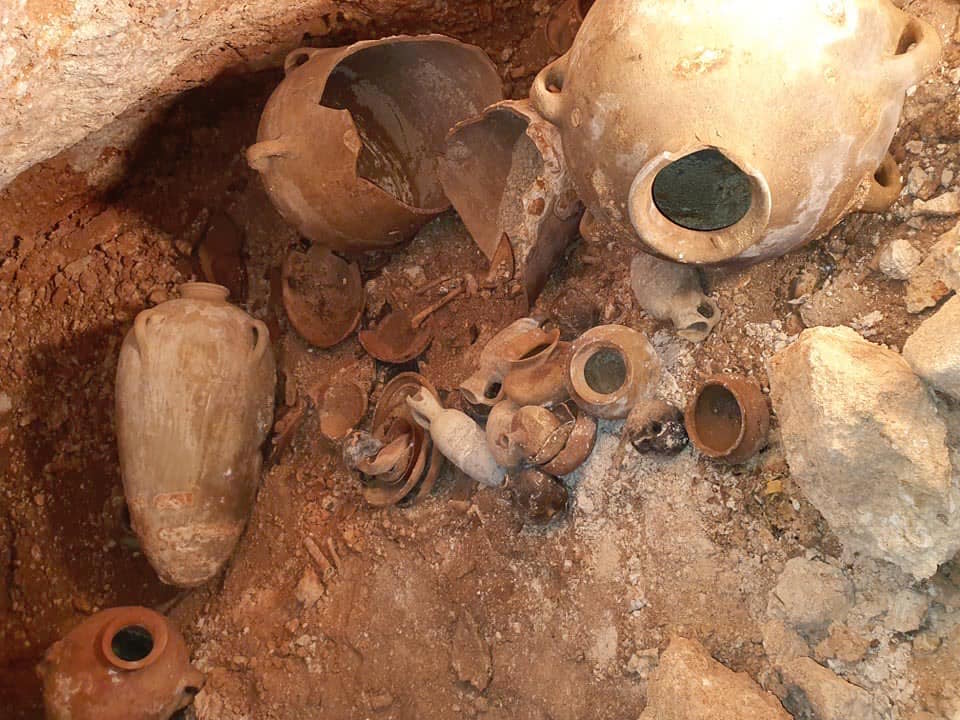Bronze Age cemetery discovered in West Bank village – Middle East Monitor
On April 6, the Palestinian Ministry of Tourism and Antiquities announced the discovery of a prehistoric cemetery dating back to the Bronze Age in the Hindaza region near Bethlehem.

IMAN AT-TITI Director of the Antiquities Department of the Governorate of Bethlehem “The discovery of this cemetery is one of the most important in this region.
During the Bronze Age, some accessories were buried together with the deceased, in the belief that they could be used in the afterlife.
The metal that was commonly used at that time was bronze. We can see here some of the daggers and metal weapons that were commonly used in that period.
The findings also include a number of jars, and large and small bowls.”
The team of the Ministry of Tourism and Antiquities has carefully documented all the archaeological materials found in the cemetery, including jars, daggers and bones, which will increase the scientific and historical heritage of this region.
Regarding the excavation methods used and the material found, Iman At-Titi, director of the Department of Antiquities of the Governorate of Bethlehem, explains IMAN AT-TITI Director of the Antiquities Department of the Governorate of Bethlehem.
“As archaeologists, we study more than one material… like ceramics, for example.
Pottery in the Bronze Age has several particular characteristics, related to the components of the mixture or the method of manufacture, or even its origin.
According to the data available to us, we can estimate the dating of ceramics.
There are materials for which we can also use methods such as Carbon 14, which is used to determine the archaeological age of ancient objects.”
The discovery of this Bronze Age cemetery is an important archaeological discovery, which brings to light a very ancient period in the history of the Region.





